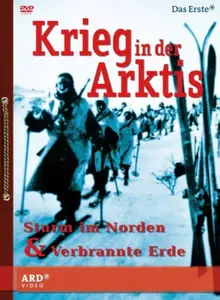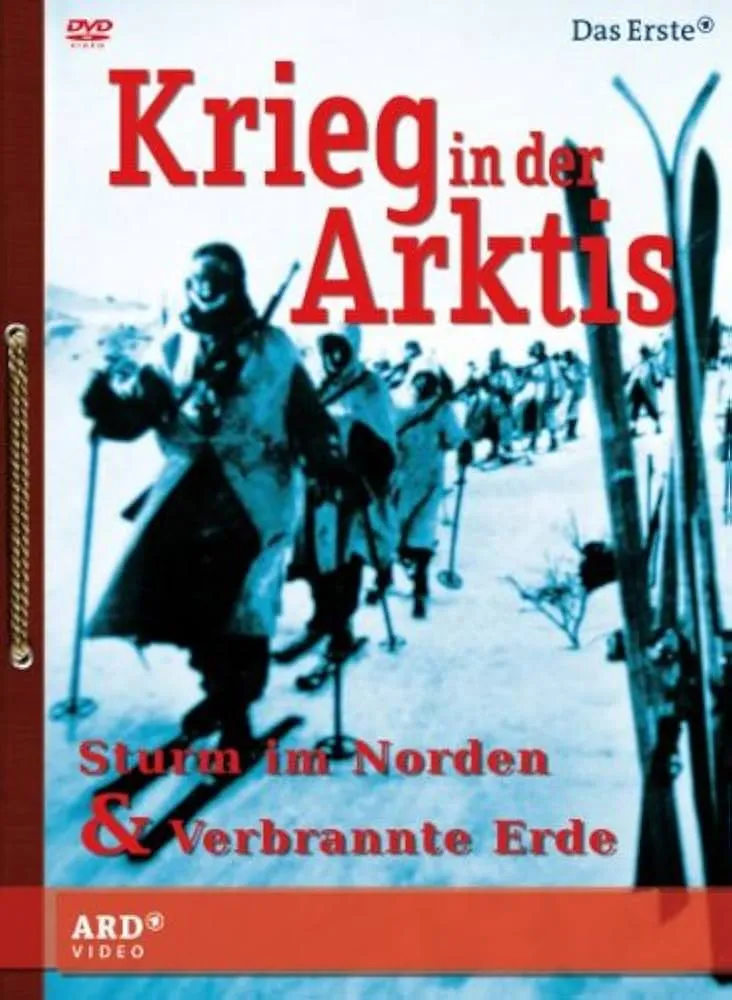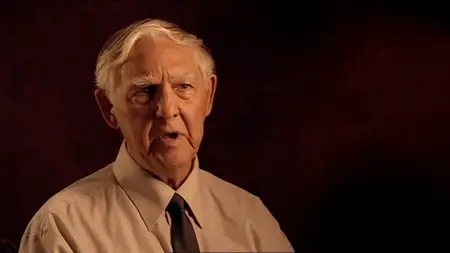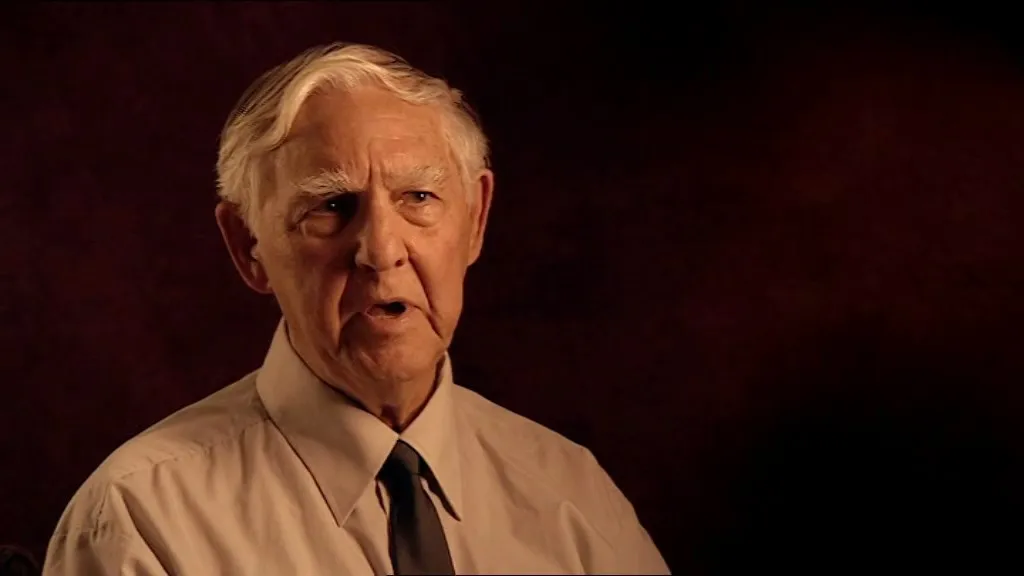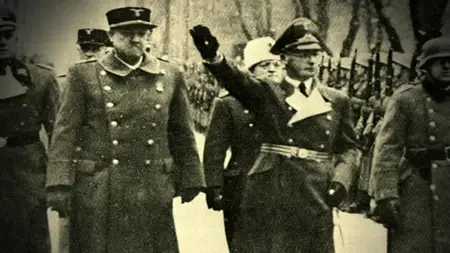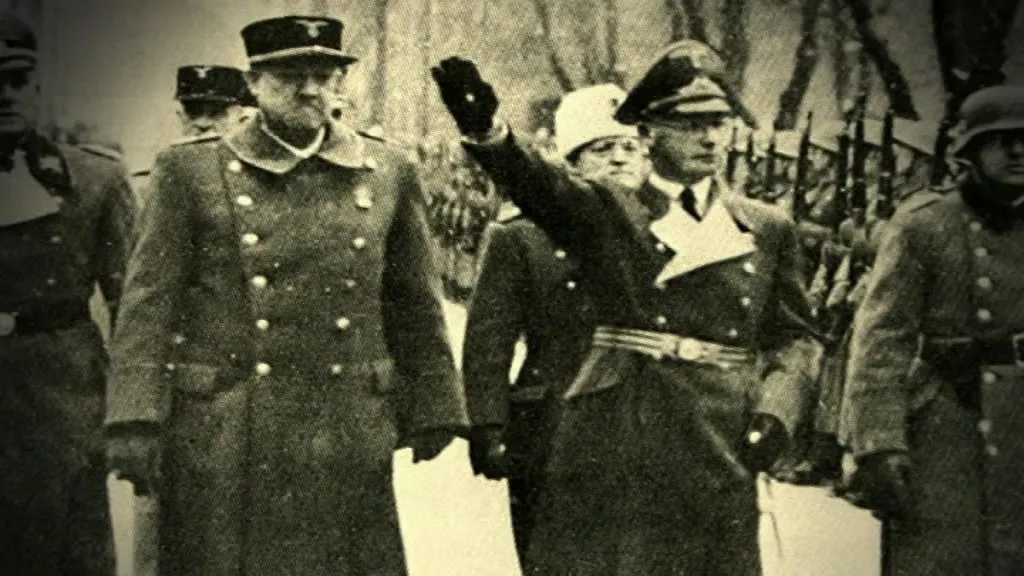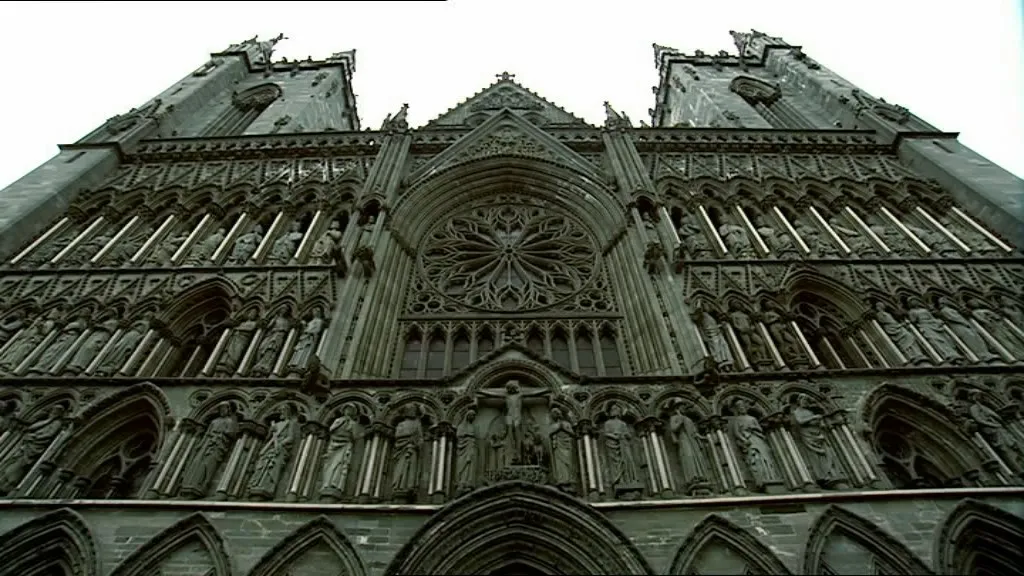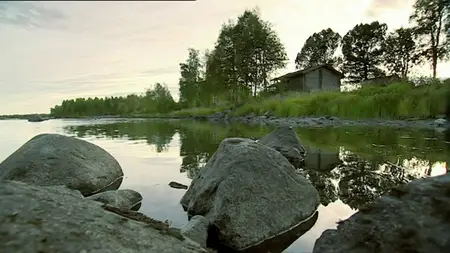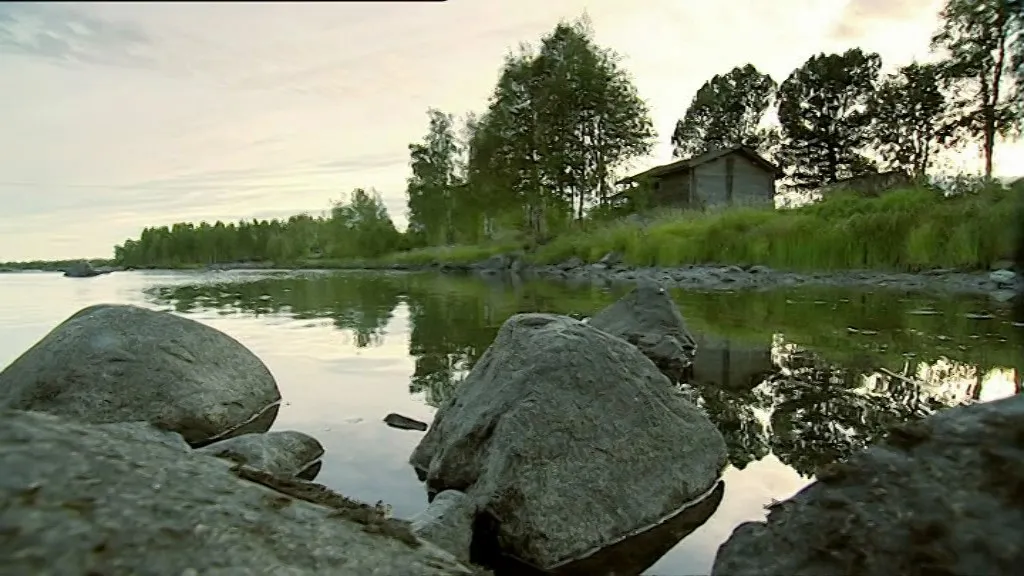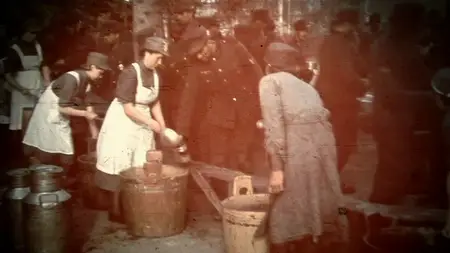Arte - War in the Arctic: Storm in the North (2007)
DVDRip | 2x52mn | 720x576 | MKV AVC@2550Kbps | AC3@384Kbps 6CH | 2.13 GiB
Language: English | Genre: Documentary | Subs: Español
DVDRip | 2x52mn | 720x576 | MKV AVC@2550Kbps | AC3@384Kbps 6CH | 2.13 GiB
Language: English | Genre: Documentary | Subs: Español
The Arctic: a featureless expanse of permanent ice, but even here the fury of World War II raged. A battle for mineral resources and strategic interests. Between 1940 and 1945, tens of thousands of soldiers fought above the Arctic Circle in temperatures as low as -60 degrees, abandoned to their fate and forgotten by the outside world.
In 1940, German forces occupied Denmark and Norway virtually overnight. Securing control of northern Europe was vital for the Nazis: without the iron and nickel resources of Scandinavia, Germany could not have fought for more than 12 months.
When the invasion of the Soviet Union began in 1941, part of the German force was deployed in Scandinavia to penetrate Soviet territory from the north. Their objective was Murmansk, the most important ice-free northern port, where the Soviets were supplied. German army planned to provide their homeland with raw materials, conquer the ice-free port of Murmansk and set up weather stations far up in the north. However, temperatures dropping to minus 60 degrees, a roadless tundra and fierce resistance from the Red Army halted the offensive from the start. Thousands of soldiers spent the winter trapped. The fierce desire to take Murmansk then diverted the conflict towards the sea. However, the deployment of forces in the Arctic Ocean was an invitation to suicide.
Part 1:
Norway in the spring of 1940: a peaceful country. The Second World War had spared northern Europe up to this point. But England and Germany were equally interested in using the strategically important flank on the Arctic Ocean for their war aims. Hitler put everything on the line, sending the navy, air force and army on a highly risky military operation. Operation Weseruebung begins. There are very few places where the events of the war can be retraced as clearly as in the far north of Europe. The authors of the documentary set out to search for traces in a remote country - icy, deserted. They follow the path of Austrian mountain troops from their bases south of the Alps to far beyond the Arctic Circle, speaking to people whose lives were decisively shaped by the relationship between occupiers and occupied. And they find stories that once again prove Adolf Hitler's megalomaniac plans. After two years of work, they succeeded in producing a contemporary document that is particularly impressive due to the high proportion of previously unknown original footage. "War in the Arctic – Storm in the North" is a film on the trail of an almost forgotten story.
Part 2:
Europe's far north in the winter of 1941. There is war in the Arctic. German troops are stationed in Finland and Norway - together with the Finnish army they have crossed the border to the Soviet Union. Their goal is to conquer the ice-free supply port of Murmansk and the railway line that connects the city with Leningrad. But the storm in the Arctic north ends in a fiasco: the troops under the German General Dietl get stuck in the trackless tundra after just a few kilometers. They are far from their goal of occupying Murmansk. The soldiers live through years of deprivation in an icy, hostile world. Only in the hinterland, in the heart of Lapland, there is no sign of the chaos of Arctic war in many places - for the time being. The people in the countryside come to terms with the Germans, live a carefree life in many places, and even start families with the soldiers. But in September 1944, their life together came to an abrupt end: the Germans had to leave Finland - the tragedy at the front was now followed in many places by a family catastrophe. The documentary impressively describes the struggle for survival on the Arctic front, showing the fates of Finnish girls whose need for safety drove them into the arms of German soldiers. Previously unpublished film material from archives and private collections in Finland, Russia, Sweden, Austria and Germany describes a war story that is still one of the little-known aspects of the Second World War.


